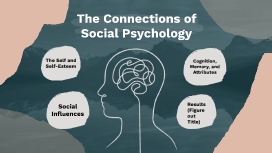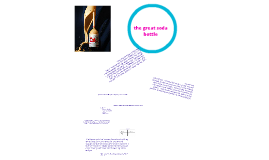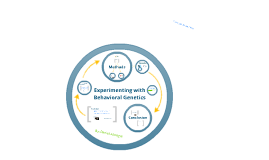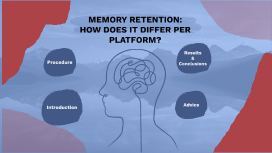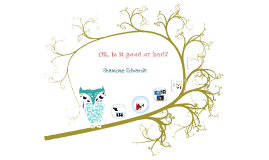Experiment Presentation
Transcript: "What is the most effective form of media in communicating information?" #ConcernedStudent1950 #PrayForParis 1. Agree to a consent outlining the general idea of the experiment and prompting the participant to say “yes” or “no.” 2. The participant is presented with one of the three levels of our independent variable, Facebook post, Online news article, Textual paragraph 3. The participant is asked to read the information on the screen 4. Then the participant will click an arrow to move to three different sections of questions a. The amount of time that the participant spent reading the material is measured from the time they get onto the page with the medium of information, to the time that they click the arrow to move to the next section. Results Participants & Materials In 21st century society... The average time spend with major media per day is about 12 hours (Statistica 2015) About 6 hours a day is spent online, 1.72 of those hours being on social media (Statistica 2015) 58% increase in social media use among adults in the past 10 years Facebook is the top search tool for conveinence of information (Campbell & Craig 2014) 20% of the world is active on Facebook (Statistica 2015) Austin Fischer & Jaclyn Tortora Thursday, December 10, 2015 Methods: Procedure Continued Discussion 5. The participant will then be asked 4 multiple choice questions about the material that they read to measure how much information from the source that the participant absorbed. 6. Then, the participants will see a Likert scale that will measure how likely the participant is to engage in in certain behaviors after reading the information. 7. The participant will answer demographics highlighted in previous slide Literature on Topic Dr. Steven Young Conducted separate one way ANOVAs for each of our dependent measures Likelihood to Elicit a Response versus the Medium of Media: F(2,26) = .850, p = .440 Level of Interest versus the Medium of the Media F(2,26)= .207, p = .814 Level of Absorption versus the Medium of Media F(2,24)= .990, p = .388 Results show that none of the p-values are less than .05 and so the differences between each group are nonsignificant. Methods Facebook messages directly influence political self-expression, information seeking and voting behavior of users and their friends (Bond 2012) Those who actively consume news by personalizing and re-contextualizing on social networking sites, were found to be politically more engaged citizens (Choi 2015) Facebook is fundamental and crucial for delivering information above other media sources The ALS Ice Bucket Challenge was able to raise 35 times more funding than traditional methods IVs: 3 levels Facebook Post Textual Paragraph Online News Article DVs: 3 levels Interest Level Likelihood to elicit a response Absorption 34 Responses Adjusted population to 27 Convenience sampling method Participants were gathered from Facebook Other Research Methods classes No compensation Demographic Info 14 M, 12 F, and 1 Other participant 16 white, 2 African American, 3 Hispanic/Latino, 7 Asian and 3 Other Average age - 21.04 23 CUNY/SUNY Students, 4 not More Background Background We hypothesize that the most effective medium for receiving information, out of the three possible forms studied (plain text, online news article, Facebook post), will be the Facebook post. Inspiration for Research Research Question Literature on Topic Methods: Procedure Results Continued Conducted t-tests to see if there were to be a difference, how much that difference would be Likelihood to Elicit a Response News Article (M = 2.25, SD = .61) versus the Textual Paragraph (M = 2.56, SD = .67) t(20)= 1.130, p =.272 Facebook Post (M = 2.68, SD = .92) versus the Textual Paragraph t(14)= .286, p =.779 News Article versus the Facebook Post t(14)= 1.108, p = .287 Level of Interest News Article (M= 37.13, SD= 19.95) versus the Facebook post (M = 37.03, SD = 19.23) t(14)= .010, p= .992 Facebook post versus the Textual Paragraph (M = 32.68, SD = 13.84) t(14)= .518, p = .612 News Article versus the Textual Paragraph t(20)= .608, p = .550 Level of Absorption News Article (M= 2.80, SD= .79) versus the Textual Paragraph (M= 2.20, SD= 1.20) t(18)= 1.299, p = .210 Facebook post (M= 2.80, SD= 1.10) versus the News Article t(13)= .000, p = 1.000. Facebook post versus the Textual Paragraph t(13)= .921, p = .374 Media Source on Communication Effectiveness Our results were nonsignificant across the board The hypothesis was not supported Facebook posts are no more effective at distributing information than news or text Our research cannot be applied to existing literature, likert design flaws and focus on chipotle Room for improvement Change the gauge of participant interest Alter the Likert scale, pilot test






